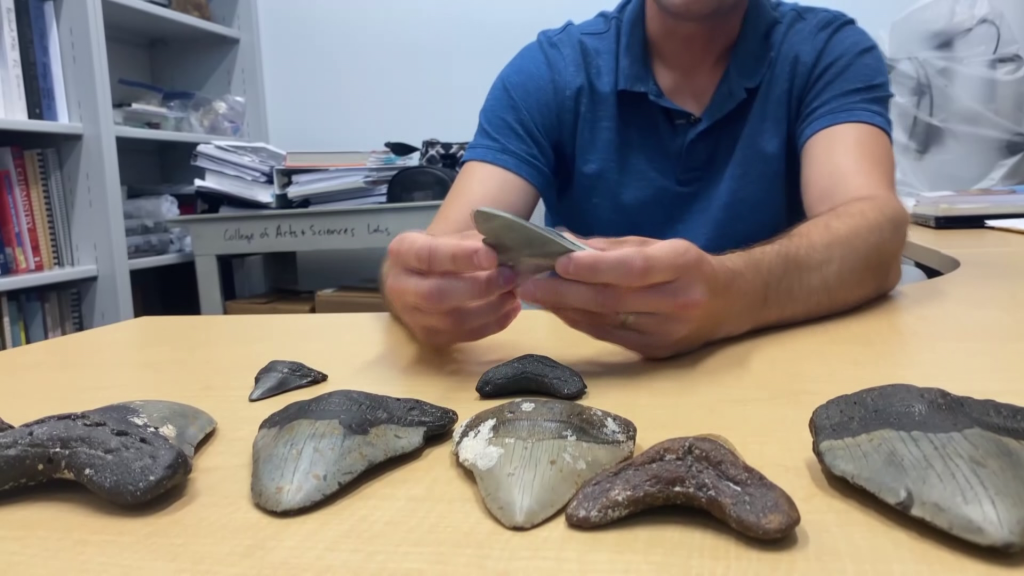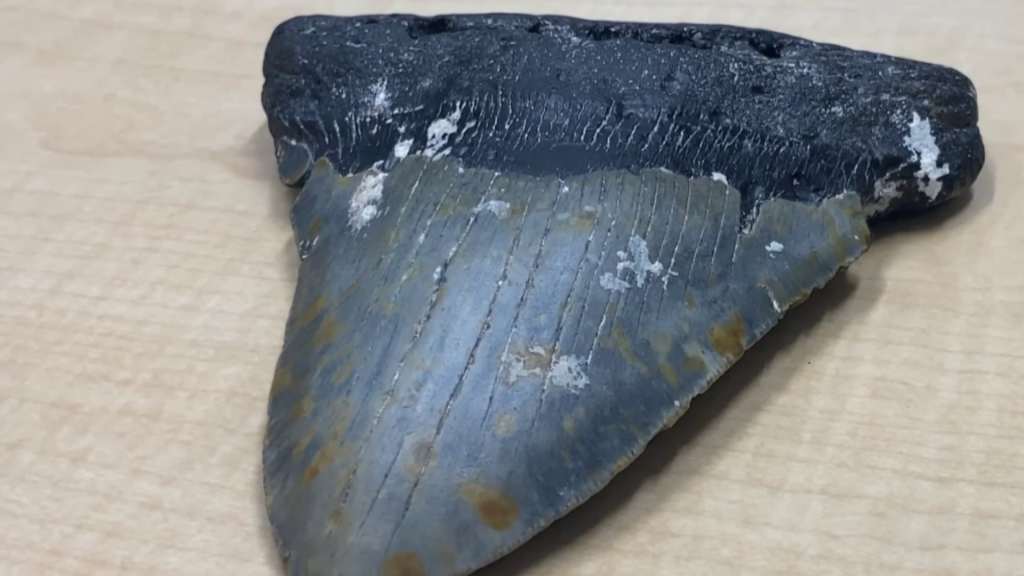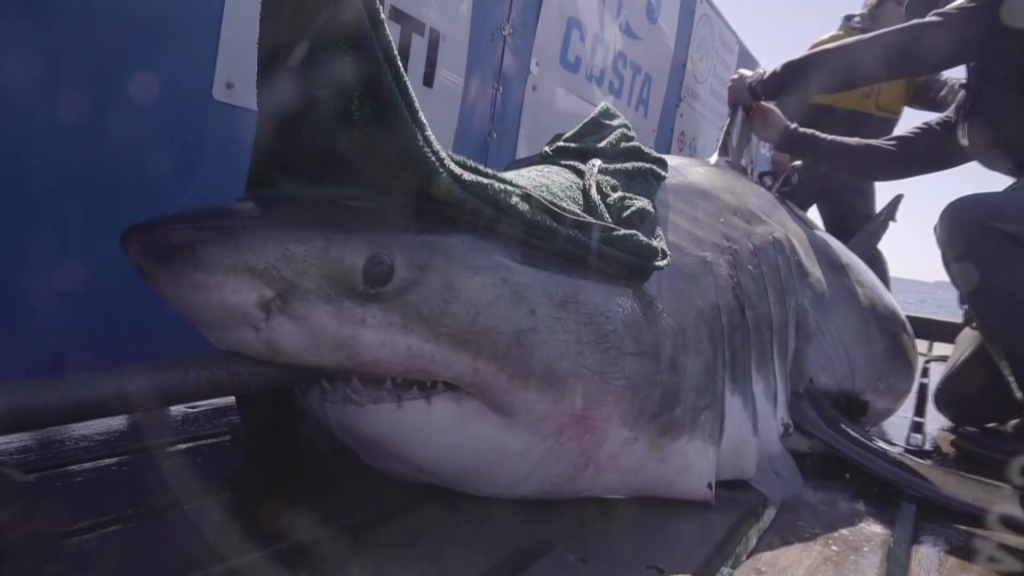
Fort Myers Beach road reopens, improving access for drivers
Estero Boulevard from Crescent Street to Matanzas Pass has officially been reopened for motorists in Fort Myers Beach.

Hunting shark teeth in the Gulf of Mexico is painstaking work for Florida Gulf Coast University marine vertebrate paleontologist Harry Maisch.
Maisch is often in the Gulf off Venice Beach and the Atlantic Ocean off the coast of North Carolina, tracking teeth down from the ocean’s apex predator.
“They range in age from about 10 million years to 3.6 million years old,” said Maisch.

The teeth seen above belong to the colossal megalodon, a pre-historic shark. For size reference, a megalodon is two to three times the size of modern-day great white sharks. Given that the great white shark can grow to 20 feet, a megalodon could grow to nearly 60 feet.
“The enamel can preserve signatures from the ancient oceans — temperature, salinity. We can learn about what the animal was even eating– its trophic levels, all from just looking at the animal in this tooth,” said Maisch.

Maisch explained that similar to modern times, the megalodon existed when the climate was rapidly changing.
“Some of our past geologic time periods or epochs? They’re sort of analogous for future climate or where we’re headed,” said Maisch, “so if we can learn about past conditions, then we can sort of interpret what might happen in the future.”
Maisch’s study led to the startling discovery that the megalodon was endothermic.
“It was a warm-blooded animal, gigantic, warm-blooded animal, high metabolism and needed a lot of food to support that, and that may have led to its downfall because climate change, other stressors. It wasn’t able to keep up,” said Maisch.

This, in turn, would lead the megalodon species toward its extinction. Since they’re also warm-blooded, the great white shark parallels the prehistoric, gargantuan apex predator.
“They are a vulnerable species already due to a lot of human impacts, but then you have the climatic impact on top of it, where maybe you’re changing the temperature of seawater, you’re changing where its prey are going and migrating to,” said Maisch.
A stark reminder to ensure the great white shark does not go extinct. It’s imperative we learn from the past.